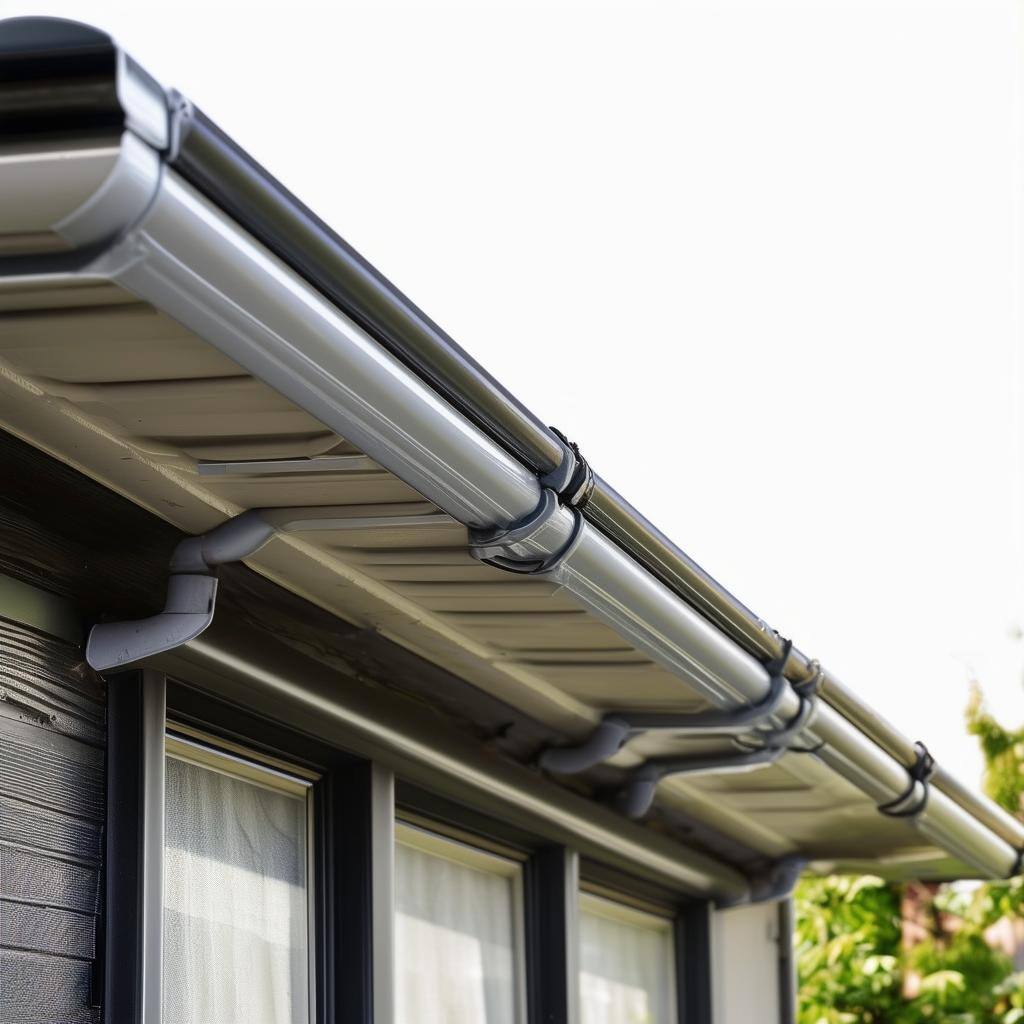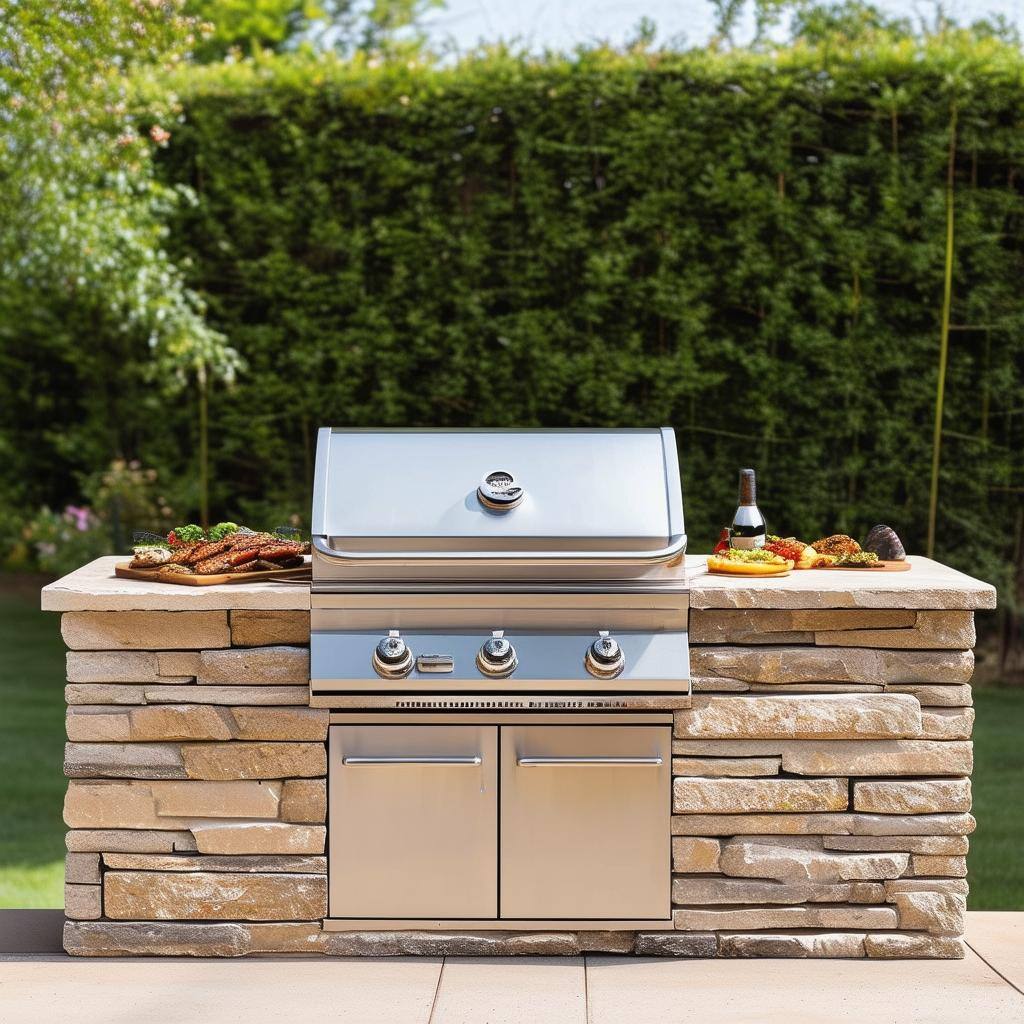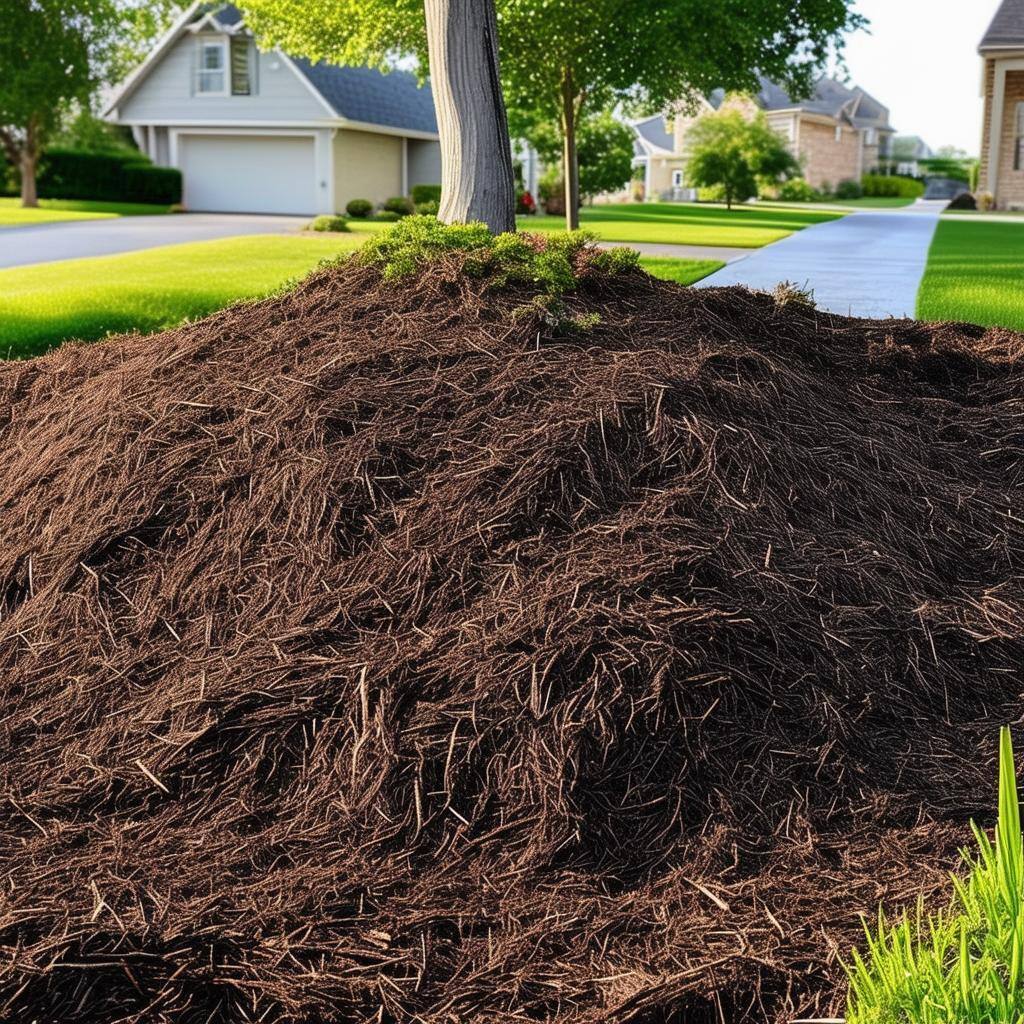The Ultimate Guide to Garage Doors and Garage Floors: Features, Benefits, and Maintenance
Garages are multifunctional spaces that play a crucial role in the overall functionality and aesthetic of a home. Two key elements that significantly impact the usability and appeal of a garage are the garage door and the garage floor. This guide will explore the different types of garage doors and flooring options, their benefits, and essential maintenance tips to keep them in top condition.
Learn More Below for Types, Features, Benefits, & Maintenance Tips!
Garage Doors: Types and Features
1. Sectional Garage Doors
Sectional garage doors are composed of several panels that slide up and overhead when opened. This design is the most common for residential garages due to its versatility and variety of styles.
Benefits:
- Space-saving design allows for maximum headroom.
- Good insulation options help regulate temperature.
- Available in various materials, colors, and finishes.
2. Roll-Up Garage Doors
Roll-up garage doors consist of slats that roll into a compact coil above the opening. While often used in commercial settings, they can also be an excellent choice for residential garages.
Benefits:
- Excellent for tight spaces as they require minimal clearance.
- Highly durable and secure against break-ins.
- Easy to operate with automatic systems.
3. Tilt-Up Garage Doors
Tilt-up doors open as a single panel that tilts upwards into the garage. They are a straightforward design but may require more space in front of the garage for operation.
Benefits:
- Simple mechanics with fewer moving parts.
- Often more affordable than sectional doors.
- Can be designed to match the home’s architectural style.
4. Side-Hinged Garage Doors
These doors open outward like traditional doors, offering easy access to the garage without having to fully open the door.
Benefits:
- Classic aesthetic that adds charm to the home.
- Allows for easy entry and exit without fully opening.
- No tracks required, making installation simpler.
Garage Floors: Types and Features
1. Concrete Floors
Concrete is the most common material used for garage floors. It is durable, easy to maintain, and can be customized with finishes.
Benefits:
- Extremely durable and can withstand heavy loads.
- Resistant to stains and chemicals when sealed properly.
- Can be painted or coated for aesthetics and protection.
2. Epoxy Flooring
Epoxy floors are created by applying a resin-based coating over concrete. This option is popular for its durability and aesthetic appeal.
Benefits:
- Highly resistant to stains, chemicals, and abrasions.
- Easy to clean and maintain.
- Available in various colors and finishes, including decorative flakes.
3. Vinyl Flooring
Vinyl flooring is a versatile option that can mimic the appearance of tile or wood. It is soft underfoot and can be installed in a variety of designs.
Benefits:
- Water-resistant and easy to install.
- Comfortable underfoot, making it ideal for multi-purpose garages.
- Available in various styles and colors.
4. Interlocking Tiles
Interlocking tiles are made of rubber or vinyl and can be easily installed over existing concrete. They provide a cushioned surface that’s ideal for workshops or recreational areas.
Benefits:
- Easy to install and replace if damaged.
- Slip-resistant and comfortable underfoot.
- Available in numerous colors and patterns for customization.
Benefits of Quality Garage Doors and Floors
1. Enhanced Security
A sturdy garage door protects your vehicles and belongings. Combined with a durable floor that can withstand heavy equipment and tools, your garage becomes a safe storage area.
2. Improved Aesthetics
Both garage doors and floors contribute to your home’s curb appeal. An attractive garage door can enhance your home’s exterior, while a stylish floor can create a welcoming environment inside.
3. Increased Property Value
Investing in high-quality garage doors and floors can increase your property’s value. Potential buyers often view garages as essential spaces, so appealing features can be a selling point.
4. Functional Space
Well-designed garage doors and floors can maximize the utility of your garage. Features like insulation in doors and easy-to-clean flooring can enhance comfort and usability.
Maintenance Tips for Garage Doors and Floors
Garage Doors
- Regular Inspections: Check for wear and tear, including rust, dents, and damage to cables or springs.
- Lubrication: Keep moving parts lubricated to ensure smooth operation and reduce noise.
- Test Safety Features: Ensure that safety sensors and automatic reverse features are functioning correctly.
- Clean Regularly: Wash the exterior of the door to remove dirt and debris, and keep tracks free of obstructions.
Garage Floors
- Seal Concrete: Apply a sealant to protect concrete floors from moisture and stains.
- Clean Regularly: Sweep and mop floors to remove dirt, dust, and debris. For epoxy and vinyl floors, use a pH-balanced cleaner.
- Repair Damage Promptly: Address cracks or chips in concrete and replace damaged tiles to maintain safety and appearance.
- Avoid Harsh Chemicals: When cleaning, avoid using abrasive or harsh chemicals that can damage the flooring material.
Summary
Garage doors and floors are essential components of a functional and appealing garage space. Understanding the various types of doors and flooring options, along with their benefits and maintenance needs, can help homeowners make informed choices. By investing in quality garage doors and floors, you not only enhance the utility and safety of your garage but also improve the overall aesthetic of your home. Whether you’re parking a vehicle, setting up a workshop, or using the space for storage, a well-equipped garage can significantly elevate your living experience.
Why don't homes come with a user manual?
We don't know, either. But we're here to help.
See how, below...from tackling the maintenance tasks you can’t stand or always forget, to getting proactive with your maintenance, to sending out contractor referrals we actually know & trust!
You May Also Like
These Related Stories

Gutters Guide

Grills Guide
